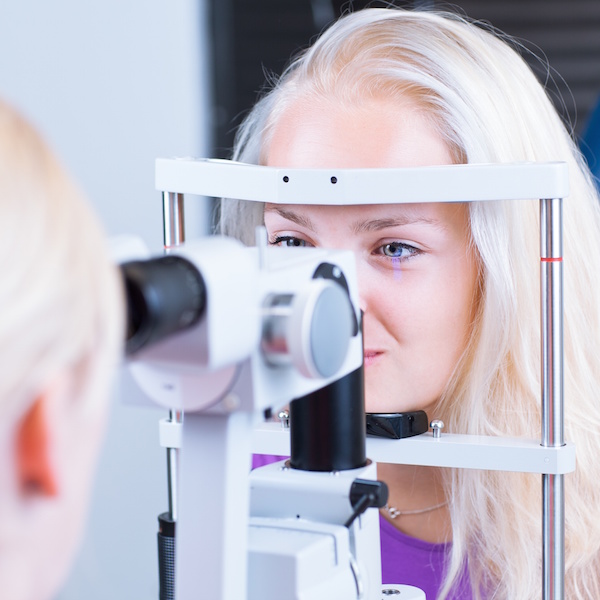
SUNDAY, Aug. 1 (HealthDay News) — Americans are living longer than ever before and most people who live into their 70s and beyond will develop cataracts at some point.
That’s why it’s important to know the risks and symptoms of cataract, what to do to delay onset, and how to decide when it’s time for surgery, experts at the American Academy of Ophthalmology (AAO) explained in a news release.
People should get a baseline eye screening exam at age 40, when early signs of disease and vision change may begin to occur, according to the AAO. During the visit, the ophthalmologist will explain how often to schedule follow-up exams. People of any age who have symptoms or are at risk for eye disease should make an appointment with an ophthalmologist to establish a care and follow-up plan.
Risk factors for cataract include family history, having diabetes, smoking, extensive exposure to sunlight, serious eye injury or inflammation, and prolonged use of steroids, especially combined use of oral and inhaled steroids.
People can reduce the risk for cataract by wearing UV-rated sunglasses and a wide-brimmed hat when outdoors, and by not smoking. Patients with diabetes should carefully control their blood sugar levels through diet, exercise and, if needed, medications, said the AAO.
If cataracts do develop, patients are urged to become well-informed about when to consider surgery, which has a success rate of more than 95 percent, the experts advised. The decision should be based on how symptoms such as glare, halos, blurriness, dimmed colors or other cataract-related problems affect daily activities such as driving or reading.
Once the decision to undergo cataract surgery has been made, patients need to be sure to inform the surgeon if they take Flomax, Hytrin, Uroxatral or Cardura, because these medications can cause the iris to move out of its normal position, leading to problems during cataract surgery. Informing surgeons about use of these drugs allows them to adjust their surgical technique.
In addition, patients who have had LASIK or other laser refractive surgery should provide the surgeon with their pre-surgery vision correction, the AAO noted, which is sometimes known as a “K” card.
More information
The U.S. National Eye Institute has more about cataract.

